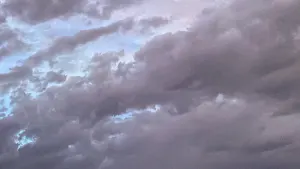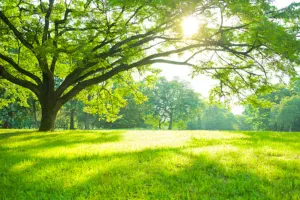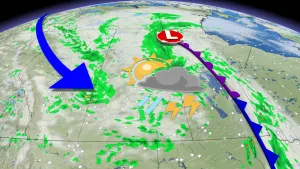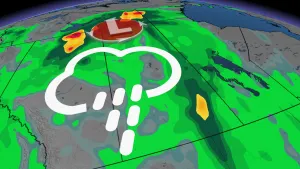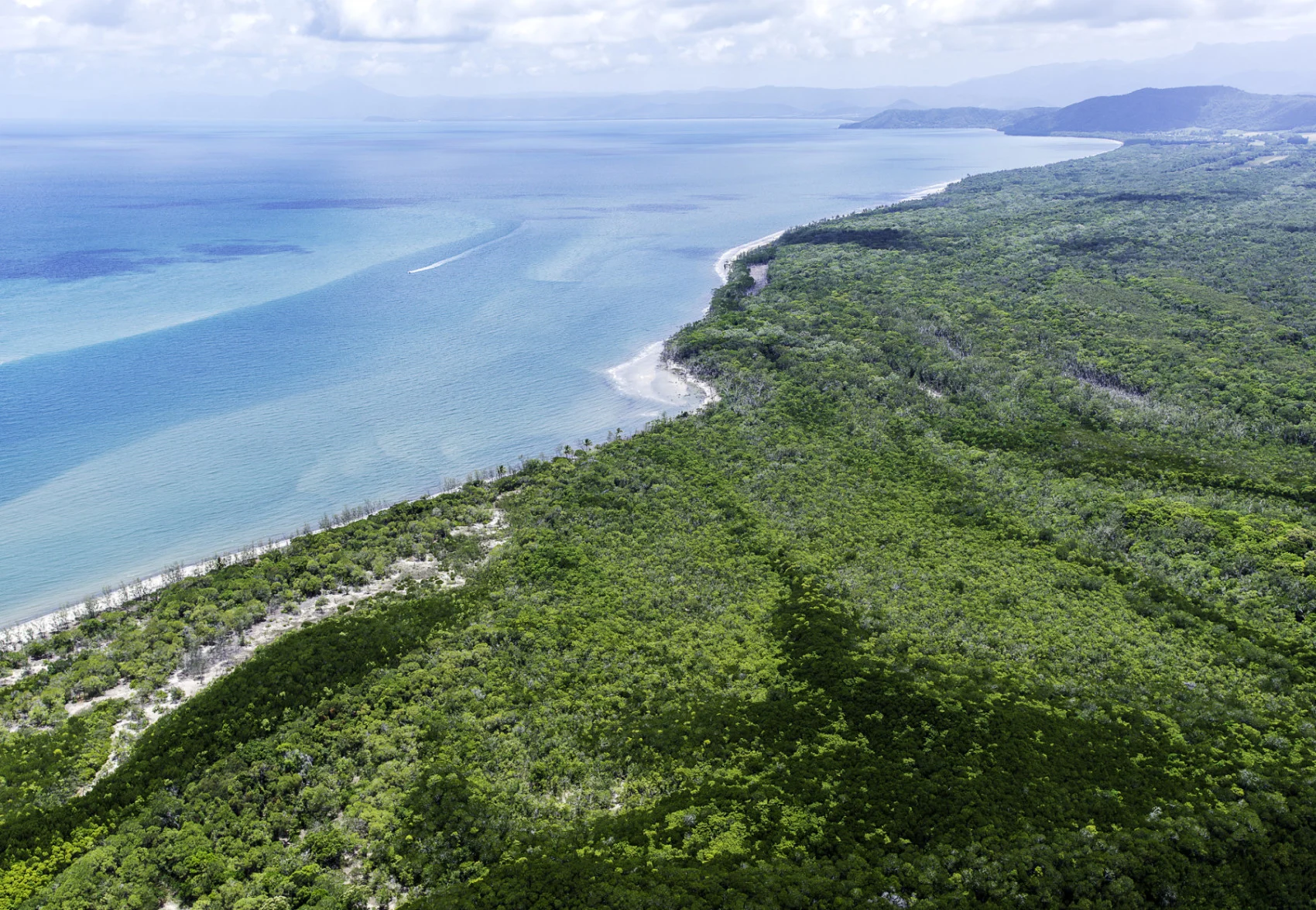
Australia's Daintree Rainforest returned to Indigenous owners
The Daintree Rainforest is located in northern Australia and is one of the most biologically diverse rainforests in the world.
The Daintree Rainforest is located in Queensland and is the world’s oldest surviving rainforest that covers over 160,000 hectares. It is also one of the largest continuous blocks of rainforest in Australia and teems with unique plant and animal species.
The rainforest, which is estimated to be over 130 million years old, is designated a UNESCO World Heritage site and was returned to the Eastern Kuku Yalanji community during a ceremony on September 29, 2021. The Ngalba Bulal, Kalkajaka, and Hope Islands national parks were also handed back. This formalizes the agreement that these areas will be co-managed by the Queensland government and the original Indigenous owners before the government transfers over full ownership.
"Their culture is one of the oldest living cultures and this land handback recognizes their right to own and manage their Country," Meaghan Scanlon, Minister for the Environment and the Great Barrier Reef, said in a post on Twitter.

Mount Alexandra Lookout in the Daintree National Park, Queensland, Australia. (Nick Brundle Photography/ Moment/ Getty Images)
Before the rainforest received UNESCO status in 1988, numerous logging companies extracted timber from the delicate ecosystem. While progress has been made, the region has struggled with deforestation and conserving biodiversity.
Rainforest 4 Foundation, a not-for-profit organization and registered charity in Australia, reported that a number of properties were clear-cutting in the rainforest in February 2021. A WWF report released just one month earlier reported that Australia is the only developed nation on the global list of deforestation hotspots and Queensland was singled out for having particularly high rates of clear-cutting.

A road in the Daintree National Park. (AustralianCamera/ iStock/ Getty Images Plus)
UNESCO states that at least 75 per cent of all land on Earth is traditionally owned, managed, used, or occupied by Indigenous peoples, but their knowledge is rarely considered by researchers and governments.
“Many Indigenous communities live in isolated and often highly biodiverse areas, where living in balance with nature is crucial for survival. As keen observers of their environments, Indigenous peoples often possess knowledge linking various phenomena to ecosystem change – changes in weather patterns, for example, or the impacts of new species coming into their territories,” UNESCO states.
Thumbnail credit: Neal Pritchard Photography/ Moment/ Getty Images








